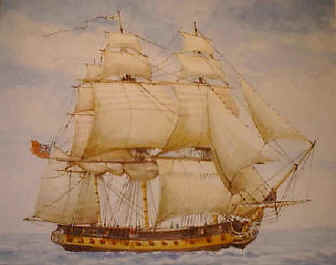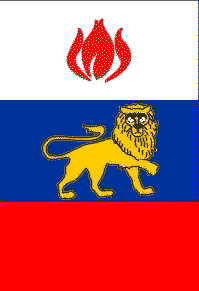
|
_____________
In this section of
____________
Go the section on _____________ Books: American Colonial and
Revolutionary War history or the people involved. We have suggestions
for you. _____________ Copyrighted.
© 2005
to Oct.2009, Leonard H. Bucklin.
-----
The
content of this site may not be reproduced except for brief excerpts for
reviews or scholarly references..
_____________
This is a history education and
research web site of the
|
 Notice the
pages listed on the left margin of this page. They have the particulars of specific
types of ships. Notice the
pages listed on the left margin of this page. They have the particulars of specific
types of ships.18th Century American and English Ship TypesDescription of ships involved in the Gaspee Affair.Three centuries after the American Revolution, with most Americans now far removed from sailing on the sea, we have an active curiosity regarding sailing ships of the18th Century. Ships involved in the Gaspee Affair were of various types common to the century and the English colonies, so the following is a general discription A frigate (shown above) was a ship common to the English Royal Navy. A frigate was a workhorse of the English Royal Navy's activities on the open seas. The H.R.S. Rose was used as a command ship during the Gaspee period of time, and figures in many of the historical events of the pre-Revolution and early Revolution events of Rhode Island. The HRS Rose was one of the 1775 English Fleet, but as a 24 gun frigate, it was dwarfed by the English "ships of the line" brought to fight the American navy and bring troops to battle the colonists. The ships of the Royal Navy were classified (rated) into six categories according to the number of cannon or guns that they carried; which, generally, by this method, sorted the vessels by size. It was Lord Anson, during the years 1751-6, who first set up the rating system by which English warships were described for purposes of battle. The largest of the war ships, first rate, carried 100 or more guns; second rate, 84; third rate, 70; fourth rate, 50; fifth rate, 32; and sixth rate 32 guns or less. (See Oxford Companion to Ships & the Sea.) The HRS Rose was a frigate, but only had 24 guns, so it was a sixth rate ship. Sloops, schooners, and brigantines were merchant ships, distinguished more by rigging and design than by size. The Gaspee was much much smaller than the Rose, was a schooner, and only had eight guns. It was also a sixth rate ship, but so small that it was not designated as "HRS" (His Royal Highness's). Sloops and schooners were built to haul freight, and were common vessels in the coastal trade. Sloops had one mast; schooners, two. You may want a description of the class of ships known as a "brigantine". It is larger than the ordinary sloop and schooners used in the Rhode Island trading ventures. Joseph Bucklin 4th was master of the brigantine Providence when it was seized for running smuggled goods. The brigantine Providence which was owned before the Revolution by Stephen Hopkins , and by Joseph Bucklin 4th, was owned after the Revolution by Joseph Brown The ship's longboat was the the longest boat carried on a sailing ship. Hence the size of a longboat depended on the size of the ship that carried it, and the use intended for the boat. We have described whaleboats and longboats for you, because they were used in the attack on the Gaspee. If you want to get a flavor of what the outnumbered sailors on the English ship felt like when attacked by a hundred or so men in ten different longboats, loaded with more than a hundred men, you should understand both the large size of the longboats involved and the small size of the schooner Gaspee. For your further information on ships of the
1600 to 1799 era,
|

